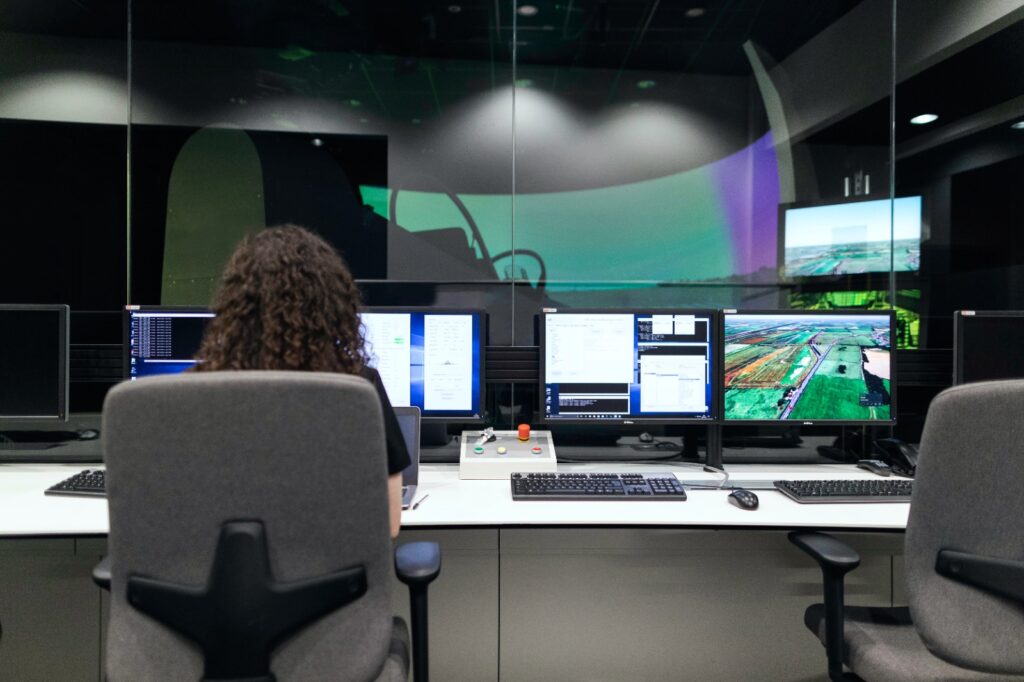A crucial stage in any advancement of the production process is the digitalization of the manufacturing sector. Increased usage of robots, automated solutions, and computerization are all part of the digitalization process, which enables cost savings, increased production, and adaptability to changes.
However, the pharmaceutical industry (PI) has resisted digitization, largely because the development and manufacturing procedures involved are rather sophisticated and require skill. Despite this, there is a definite need to digitize PI given the rising need for both conventional and novel medications.
In order to speed up innovation and enhance patient outcomes, partnerships between pharma corporations and tech businesses are also becoming increasingly widespread.
Challenges and Solutions
The digital era has created new uncertainty for established pharmaceutical and healthcare companies over their place in the market. Companies must make a difficult decision as they adjust to the pace of change: either evolve with the new era and create an organization with digital at its core, or risk falling behind rivals who are using new digital tools to become more deeply integrated in the patient and provider decision-making process.
Many pharma businesses will concentrate on developing analytics capabilities and pursuing collaborations to supply new services or insights when they strive to create a digitally aware organization. In fact, a lot of business executives think that this analytics gap is what prevents them from implementing their digital strategy. In reality, the DQ evaluation showed that pharma businesses are constrained by particular aspects of their strategy, culture, and structure in addition to their digital and analytic capabilities.
During the transition to new pharmaceutical technologies, several challenges arise.
- One of these challenges is regulatory uncertainty due to the rapid pace of technological advancements, which often outpaces the development of regulatory guidelines. This can lead to uncertainties about the regulation of novel therapies and raise concerns about patient safety and effectiveness.
- Another challenge is data privacy and security, as integrating digital health technologies, electronic health records, and wearables generates a massive amount of patient data that needs to be kept private and secure.
- Rising R&D costs are also a challenge, as developing new drugs and therapies involves extensive research, clinical trials, and testing, leading to high costs that hinder access to breakthrough treatments.
- Additionally, transitioning to new technologies can be met with resistance from traditional practices, which can slow down the adoption of transformative approaches.
To address these challenges and create a brighter future for pharmaceuticals, collaboration and communication are essential.
- Pharma companies, tech innovators, regulatory bodies, and academic institutions must come together to create adaptable frameworks that foster innovation while ensuring patient safety.
- Bridging the gap between medical expertise and technological acumen requires a skilled workforce, and investment in training and education for professionals who can straddle both domains will facilitate interdisciplinary collaboration and drive innovation.
- Placing patients at the heart of drug development can also lead to more effective treatments, and engaging patients in the decision-making process ensures that therapies align with their preferences and needs.
- Regulatory agencies should adopt flexible, agile approaches to evaluate and approve novel therapies, creating pathways that expedite the approval process for treatments with ground-breaking potential, without compromising safety.
- Addressing access and affordability concerns requires innovative pricing models such as value-based pricing, where the cost of a treatment is determined by its real-world impact on patients.
- Finally, widespread education and awareness efforts can help overcome resistance to change by providing professionals and the public with comprehensive knowledge about the benefits of new technologies, fostering a culture of innovation.
Moving towards the modern era in the pharmaceutical industry is a challenging task that requires a diverse approach to tackle obstacles. Collaboration, focusing on patients’ requirements, advocating for flexible regulations, ensuring data privacy, and addressing affordability concerns are all crucial to the success of this transition.
The pharmaceutical sector can successfully navigate this journey by utilizing innovative solutions and working together, resulting in a patient-centred, technologically advanced, and ethically responsible era of healthcare. This journey has the potential to revolutionize the future of medicine, positively impacting the lives of countless individuals worldwide.


